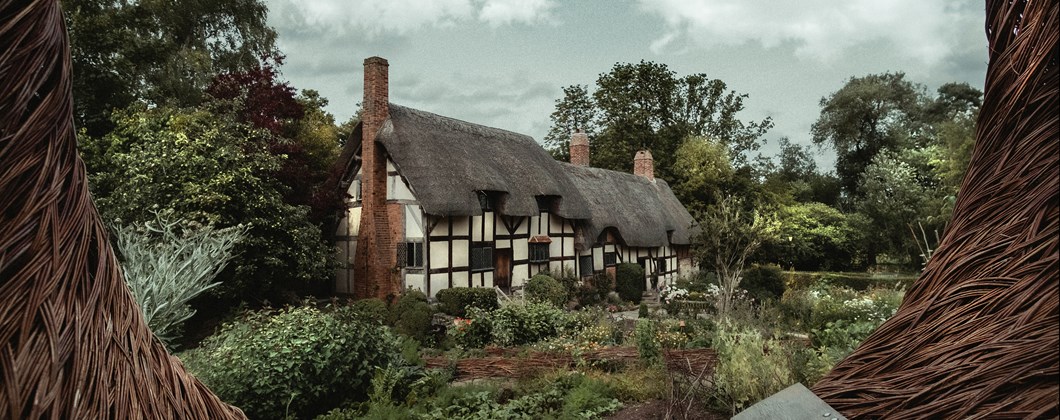What Makes A Building A Non-Standard Construction?

Any house made with non-standard materials is considered a non-standard build. Standard materials include brick or stone walls and slate or tile roofs. Outside these, the building does not conform to the definition of ‘standard’. Homes made with outdated construction methods can also be included in this bracket. Insurance for non-standard construction homes is also different and requires specialist cover that may be more costly than usual home insurance.
What makes a building ‘non-standard’?
There are many types of ‘non-standard’ properties for the purpose of insurance, and it’s hard to list each one. However, the following categories are commonly covered under a non-standard building insurance policy:
- Flood risk: Properties that have previously been flooded or are in high flood-risk areas
- Unoccupied long-term: Properties that have been unoccupied for a long period of time, including those undergoing renovation or works before being sold or let, and those gained through inheritance.
- High-value: If your home carries a high sum insured, it may require a specialist high-value home insurance policy
- Non-standard construction: Including thatched roofs, flat roofs, wattle and daub, barn conversions, flint, glass, or stone walls, timber or log frames, and prefabricated concrete or log-cabin-style and BISF (iron or steel)
- Listed buildings: Listed buildings require specialist insurance due to the extra regulation that surrounds how they are built and renovated
- Subsidence, landslip and heave: Any history of subsidence, landslip or heave at a property needs to be declared. In most cases, where the subsidence, landslip or heave is less than 20 years ago, you will need to provide the insurer with a structural engineer’s report dated within the last 12 months
- Criminal convictions: You must declare to your insurer or broker if anyone living in the property has a criminal conviction
- Bankruptcy: If you’ve previously declared bankruptcy, you’ll need to let your insurer know
There are plenty of other, more unusual examples of materials and builds that turn a home into a non-standard construction.
Issues for Non-Standard Building
While having a unique home is something that many look for when purchasing a property, having a non-standard build can lead to some complications. It’s important to recognise this before putting in an offer on a non-standard home.
For example, mortgage lenders can be more hesitant to lend on a non-standard construction. This is due to various factors, such as resale value and the cost of maintaining the property throughout your ownership.
Non-Standard Construction Insurance
Factors that make these homes different and attractive can also make them difficult for standard insurers to assess. Thatched roof insurance, for example, can be higher in cost as thatched properties are an increased fire risk. As regards the prefab concrete build houses we mentioned earlier, while a great solution to our post-war problems, are more likely to crack and corrode as they age. It’s also worth noting that if your non-standard construction is unoccupied, there will be an extra premium as these home aren’t being maintained as regularly.
That’s not to say it’s all doom and gloom. Your home is an extension of yourself, and no matter what type of build you have, there is an non standard construction insurance option for you.
At Higos, we will never shy away from homes that don’t fit the norm. Our expert team will get to know you and your property inside out to be able to find you bespoke cover for your non-standard building insurance. Contact us to be in touch with one of our chartered insurance brokers today for independent advice or a personal quote. For your home, it has to be Higos.
